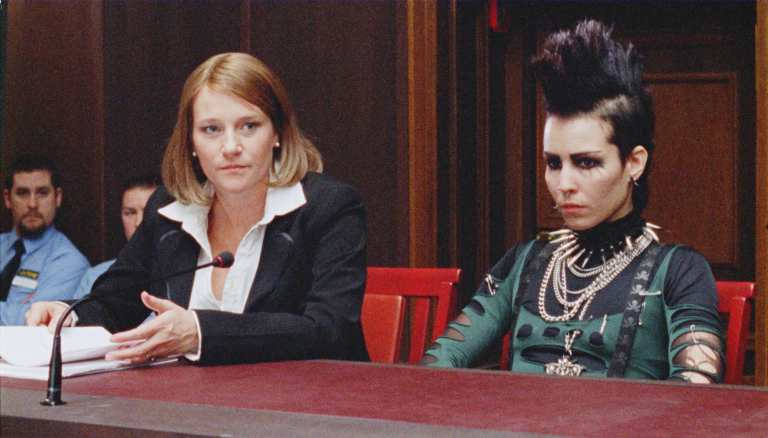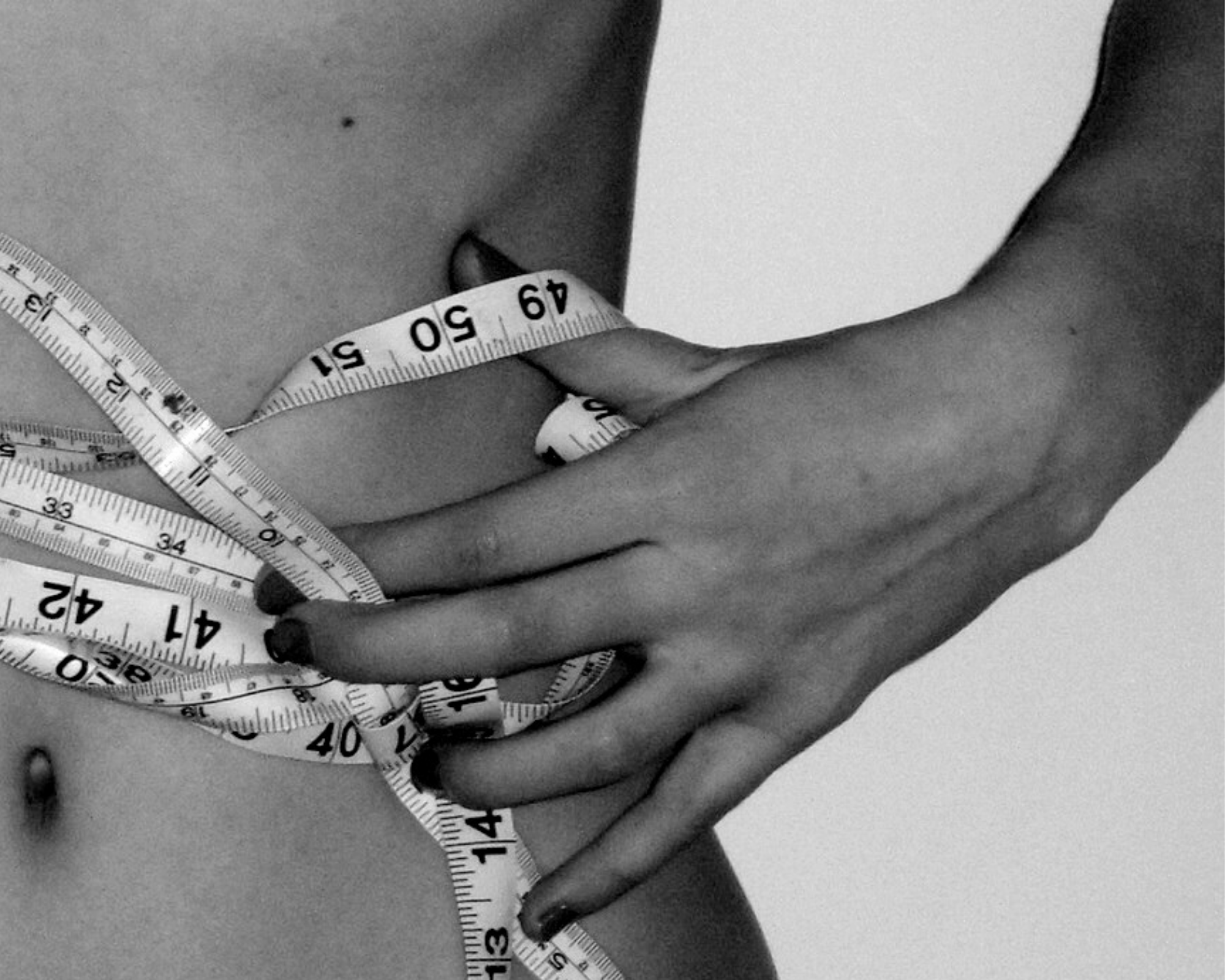I can’t remember the last time I wasn’t skinny.
Ever since I was a toddler, I’ve been scrawny for my size, with wrists like the branches of a sapling and a thin layer of skin and muscle just barely obscuring my ribs. Due in part to a natural pickiness, a preference for vegetables over meat, and a health-conscious mother, I have been bone thin ever since my mother took me off breast milk.
When I was in 4th grade, I was around 4 feet 4 inches—and under 50 pounds. At the age of 12, I struggled to maintain regular periods due to my low body fat. Even now, I have a BMI that hovers at the 2nd percentile.
Having lived my entire life this way, it’s hard to avoid the fact that I’ve noticed some trends when it comes to being skinny. And let me tell you, it isn’t all sunshine and rainbows.
For starters, it can lead to health problems. We’ve all seen the deep undercurrent of health-based fat phobia. If you’re fat, you’re unhealthy, or so the story goes. But looking at the opposite narrative of skinny as healthy, that isn’t always true. Being underweight can lead to all sorts of problems, ranging from fertility issues to osteoporosis.
And I would know. I’ve experienced my fair share of health problems stemming from my low weight.
Take the case of my lungs. On New Year’s Day of 2018, I awoke to an odd, persistent pain in the back of my rib cage. At first, I thought I’d just sprained a muscle in my back, and went about my day enjoying my break from school. However, it just would not go away. It hovered there in the back of my consciousness the entire day, to the point where I had to tell my mother.
After a day, it hadn’t gone away. While I knew it merited some attention, to me, it was probably just a strained muscle. At worst, I’d just get told to put an ice pack on my back. Right?
So I consented to a doctor’s appointment, courtesy of my mother. There, an X-ray confirmed that I’d had a spontaneous pneumothorax.
Spontaneous pneumothorax is a collapsed lung, which occurs when a lung springs a leak and creates a large pocket of air in your chest cavity, squashing the lung. Symptoms can range from simple chest pain (like what I experienced) to difficulty breathing and even life-threatening organ displacement, according to Harvard Health Publishing. All things considered, I was lucky not to experience any more of the symptoms than I did.
Spontaneous pneumothoraxes tend to be pretty rare, with less than 0.01% of the US population experiencing them during a given year, according to the US National Institutes of Health. So, what made my doctor suspicious enough to order an X-ray to check for one? My weight.
You see, among other things, being tall and thin is a risk factor for having a pneumothorax. So, tall, slender me, now experiencing the collapse of an entire organ, had to go and get surgery.
I spent over a third of my winter break lying in a hospital bed, every movement hampered by the bulky monster of a machine it was attached to. At one point, I needed to be on an oxygen-delivering nose cannula.
If you’d seen me, shuffling around the halls like an elderly woman, you would’ve thought that I was dying. The whole experience was disconcerting. But so, too, are the mixed societal messages I’ve received.
For instance, I’ve received a lot of messages about anorexia. In elementary school, a time where the world is rife with that peculiar brand of little kid misconception, I was first introduced to the term when my friend, meaning well, told me that I looked anorexic.
I was baffled. What was “anorexia”? She tried her best to explain it to me. All I was left with, however, was the sense that it vaguely had to do with models and being skinny.
Later on, at some point during my elementary school and middle school years, I slowly, but surely came to understand the gist of anorexia: what it was and how it was something that people struggle with. What I didn’t get was how it was related to me.
This became clear in high school, when I was reintroduced to the term during ninth-grade symposium. To help us figure out how to write our symposium papers on our selected topics of interest, we were given a sample essay about anorexia to read. It started off with an anecdote about an anorexic girl, where the author tried to shock their audience with this detail: the girl was only 97 pounds!
Well, considering that at the time, I weighed even less than this girl despite being a similar height, seeing that in print suddenly heightened a feeling of separation from others. I wasn’t normal. Sure, I was never under the delusion that my weight was normal. But I’d never been confronted with it like that.
And it’s not only theoretical high school symposium writers that treat anorexia like this. This depiction of anorexia can also be found in other, more influential media, from books to movies to TV shows.
For instance, in The Girl with the Dragon Tattoo trilogy, a court scene involving the main character, Lisbeth, questioned to what degree she was mentally ill or impaired. She was asked several times if she was anorexic, to which she replied no. Considering that Lisbeth is 4’11” and 90 pounds, I was confused as to why they were asking this. At that height and weight, she couldn’t be that skinny. So where was all this speculation about anorexia coming from?

Indeed, a good part of the pushback against fat phobia in recent years has centered around anorexia, and rightfully so. It is, after all, a serious medical condition stemming in part from the incessant pressure to be thin.
But just like speculating about a heavier person’s weight and eating habits isn’t helpful to their health or wellbeing, neither is speculating about a skinnier person’s. Anorexia is a pattern of behavior, not necessarily a weight.
According to the National Eating Orders Association, the key defining characteristic of anorexia is weight loss, not necessarily being a certain weight. It is possible for someone obese to be anorexic, just like it is for someone who is underweight.
Are you regularly watching my eating habits? Are you familiar with my routines? No? Then don’t speculate on whether or not I’m anorexic.
Besides the accusations of anorexia, I’ve also been faced with comments implying that my skinniness makes me less of a woman. For instance, I’m sure you’ve all seen posts and pictures with captions like, “Real women have curves!”
Being skinny, those have always baffled me. Like, what am I? A bean pole masquerading as a person? I’m a real woman, too, in case you haven’t noticed. My weight or body shape is not what defines my femininity. And it shouldn’t be! It’s a complex aspect of your identity that is up to you to define, not other people based on arbitrary numbers on scales.
Saying that being thick is superior to being skinny is still judging people based on their weight. And really, do we want to be doing that? Shouldn’t we want a society where arbitrary physical characteristics, like weight, are not key factors in how we perceive people? Your weight doesn’t determine your intelligence, your humor, your wit, or your kindness.
Being skinny isn’t all fun. You get your fair share of health problems and judgmental comments. But no matter what weight you are, it’s important to recognize your weight does not determine who you are. You do.
I do believe that the body positivity movement is, overall, a force for good. However, I can’t help but get the message from some of its proponents that they are, just trading out one narrowly-defined beauty ideal for another.

